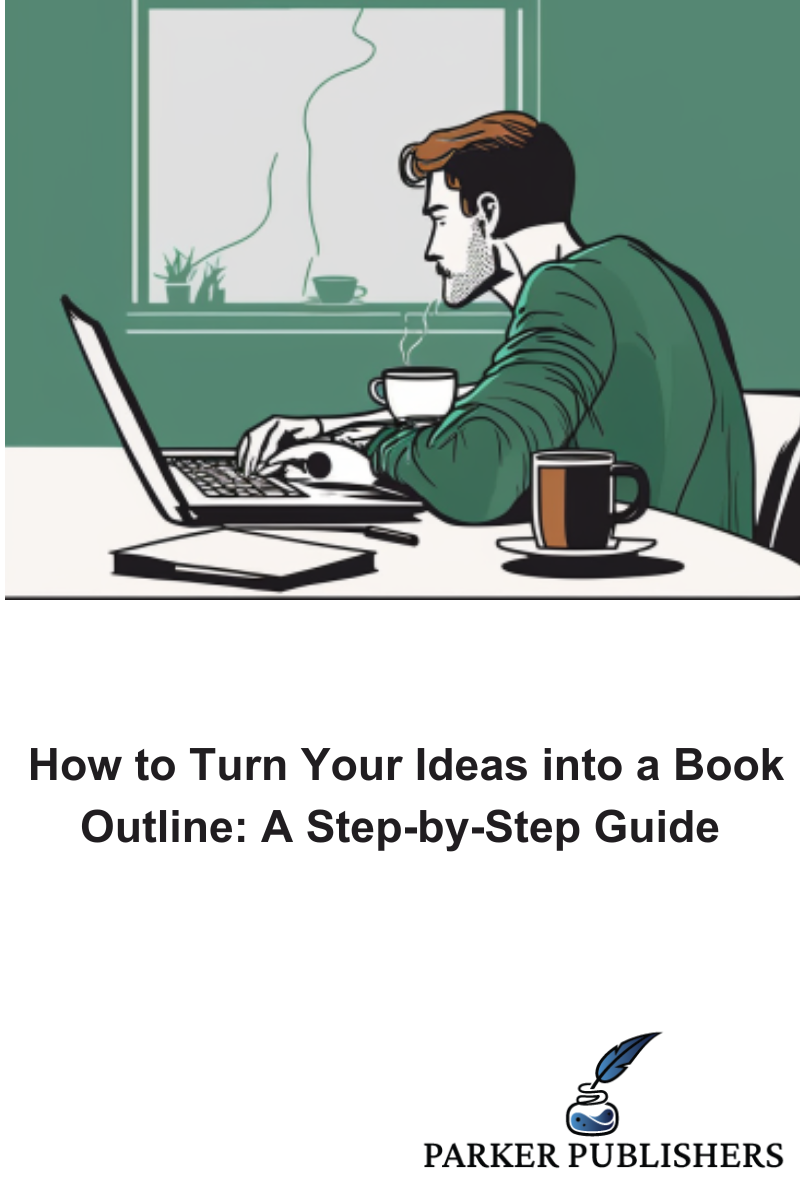In writing a book, the plot refers to the sequence of events that make up the storyline. It is the structured framework that guides the narrative from its beginning to its conclusion, providing the backbone for the story’s development. The plot typically includes key elements such as the introduction or exposition, the provoking events, rising action, climax, falling action, and resolution.
The plot serves as the vehicle through which the theme is explored, tested, and ultimately conveyed to the reader. The sequence of events, character interactions, and the development of conflicts within the plot allow the theme to be examined from various angles and perspectives. The choices characters make, the challenges they face, and the outcomes of their actions contribute to the exploration and reinforcement of the theme.
Let’s get to each element of a story’s plot structure
Exposition:
In a storyline, exposition is the first section of a story that gives background information and introduces the audience to the characters, setting, and main conflict of the tale. It lays the groundwork for the storyline by outlining important details such the universe the novel is set in, the motivations of the characters, and the opening conflicts or events that will propel the story along. Exposition is to provide background information so that the reader may interact with the narrative by comprehending the essential elements of the made-up universe.
For example: “The Silent Patient” is a psychological thriller novel written by Alex Michaelides. Although we won’t provide a detailed summary to avoid spoilers and climax, we can outline a simplified version of the plot points: “The story begins with Alicia Berenson, a talented painter, who seemingly has it all. She is married to Gabriel, a successful fashion photographer. However, their seemingly perfect life takes a dark turn when Alicia is found standing next to her husband’s dead body, having shot him multiple times”
Provoking events:
The provoking event in a plot is the pivotal event that disrupts the ordinary life of the protagonist and sets the main story in motion. It is the catalyst that propels the characters into a series of actions and reactions, marking the beginning of the central conflict. The inciting occurrence is important because it sets up tension or a big shift, forcing the protagonist to go on a quest, overcome obstacles, or make important choices. This incident frequently happens early in the story and draws the audience in and increases their interest in what is happening.
In “The Silent Patient” by Alex Michaelides, the inciting incident occurs when Alicia Berenson, a talented painter, shoots her husband multiple times in a shocking act of violence. Example: “Alicia, in a state of shock, becomes mute and refuses to speak. She is charged with her husband’s murder and is admitted to a secure psychiatric facility. Enter Theo Faber, a criminal psychotherapist, who is determined to unravel the mystery behind Alicia’s silence.”
Rising Action:
Plotting’s rising action is the part where the primary conflict picks up steam as the narrative unfolds through a sequence of complications, obstacles, and character interactions. It includes everything that happens following the trigger event, increasing suspense and nuance as the characters deal with obstacles and the fallout from their decision.
Here, the criminal psychotherapist, delves deeper into Alicia Berenson’s past and unraveling secrets. For example:”Theo takes on Alicia’s case, delving into her past, her relationships, and the events leading up to the murder. He encounters resistance from both the staff at the facility and Alicia herself. As he peels back the layers of Alicia’s life, he discovers hidden traumas and dark secrets.”
Climax:
The climax, as an element of the plot, is the highest point of tension and conflict in the narrative. It is the moment when the main character faces the most significant obstacle, dilemma, or revelation, and the story’s outcome hangs in the balance.
In “The Silent Patient,” the climax occurs when Theo Faber discovers Alicia Berenson’s hidden truth, unraveling the mystery of her silence and revealing the shocking events leading to her husband’s murder. “Theo gets closer to uncovering the truth. Twists and turns in Alicia’s story challenge Theo’s assumptions, and the revelation of shocking details changes the course of the investigation. The true nature of Alicia’s silence and her connection to the murder is unveiled.”
Falling Action:
The part of a plot that comes after the climax and moves the narrative closer to its resolution is known as the falling action. During this segment, the intensity of the central conflict diminishes, and the narrative begins to wind down. Loose ends are tied up, and the consequences of the characters’ actions become more apparent
The falling action involves the aftermath of the revelation about Alicia Berenson’s silence and Theo Faber’s discoveries. It explores how the characters respond to the climax, reconciles any remaining narrative threads, and sets the stage for the conclusion of the story: The revelation shatters Theo’s perception, and he confronts Alicia, who admits to orchestrating the murder plot. Theo grapples with the consequences of his involvement and the impact on his own mental health. The truth challenges the reader’s understanding of the characters and events
Resolution:
When the main conflict in a story is thoroughly explored and resolved, it is called the resolution. It concludes the story and takes place following the descending action and climax. All unanswered questions and unresolved problems are resolved throughout the settlement process. Characters might develop or change before the story comes to a close. It is the phase that provides closure to the narrative, allowing the reader to understand the final outcomes for the characters and the overall story.
For example: Alicia remains in the psychiatric facility, and Theo reflects on the complexities of the human mind. The impact of the truth reverberates, leaving both Theo and the reader with a sense of closure and reflection on the complexities of the human mind.
Plot elements come together in storytelling to provide an array of experiences that readers can relate to. From exposition to resolution, there is a dynamic process that involves character development, conflict resolution, and mystery solving. The dropping action and resolution provide a sense of closure, and the climax serves as the height of tension. We can analyze and appreciate the artistry behind every story, whether it’s a gripping mystery like “The Silent Patient” or a timeless classic, by comprehending and valuing these components. When these plot points interact, the genuine magic of storytelling is exposed, making a lasting impression on the minds and hearts of those who take on the literary journey. Top of Form











